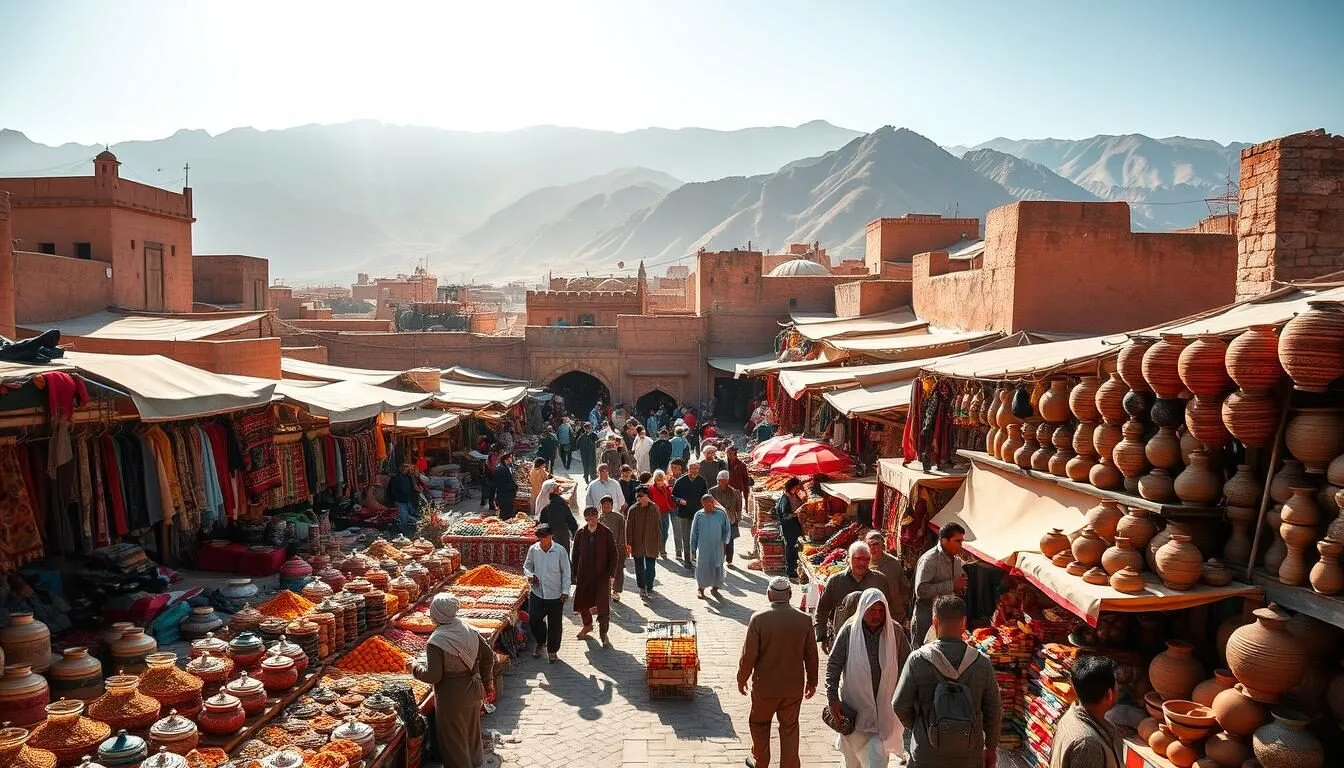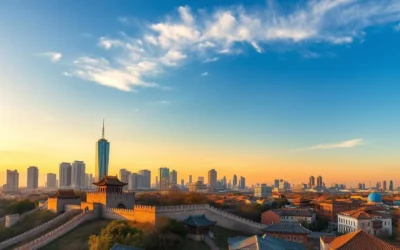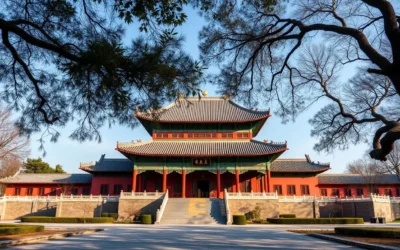✓ Accommodations ✓ Flights ✓ Rental Cars ✓ Tours & Activities
Imagine walking through a bustling market that’s been in operation for centuries, surrounded by the majestic Tian Shan mountains. This is Kashgar, a city that has been a crucial stop on the ancient Silk Road, connecting Central Asia and China for centuries.
Kashgar is a treasure trove of cultural heritage, where the rich history and traditions of the Uyghur people come alive. As you explore this enchanting city, you’ll discover vibrant markets, historical landmarks, and a unique blend of cultures that make it a fascinating destination for travelers.
As you plan your travel to this incredible city, this guide will help you navigate the best things to do in Kashgar, ensuring you experience the authentic essence of this ancient oasis town.
Discovering the Ancient Silk Road City
The ancient city of Kashgar, once a pivotal trading post on the Silk Road, continues to captivate visitors with its timeless charm. As a key stop along the ancient Silk Road, Kashgar has been a hub of cultural exchange for over 2,000 years.
Its strategic location made it a crossroads of civilizations, blending Chinese, Central Asian, and Middle Eastern influences. This unique cultural identity is still reflected in the city’s architecture, cuisine, and local traditions.
| Aspect | Traditional | Modern |
|---|---|---|
| Architecture | Ancient buildings, traditional designs | New constructions, modern amenities |
| Culture | Preserved customs, local festivals | Influence of external cultures |
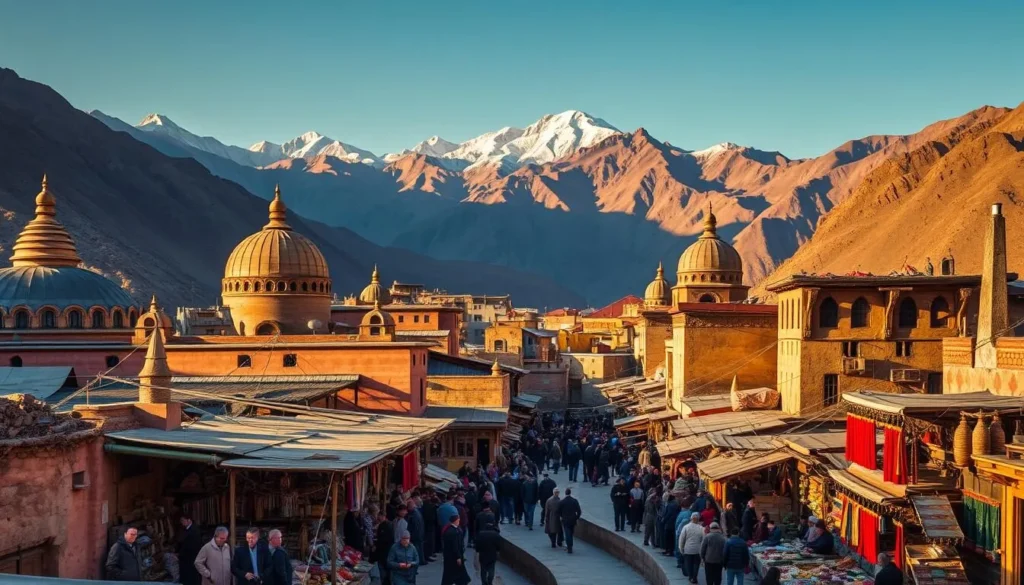
A trip to Kashgar offers a glimpse into a way of life that has remained relatively unchanged for centuries. Visitors can experience the city’s rich history firsthand by exploring its many historical sites and participating in local traditions.
Explore the Ancient City of Kashgar
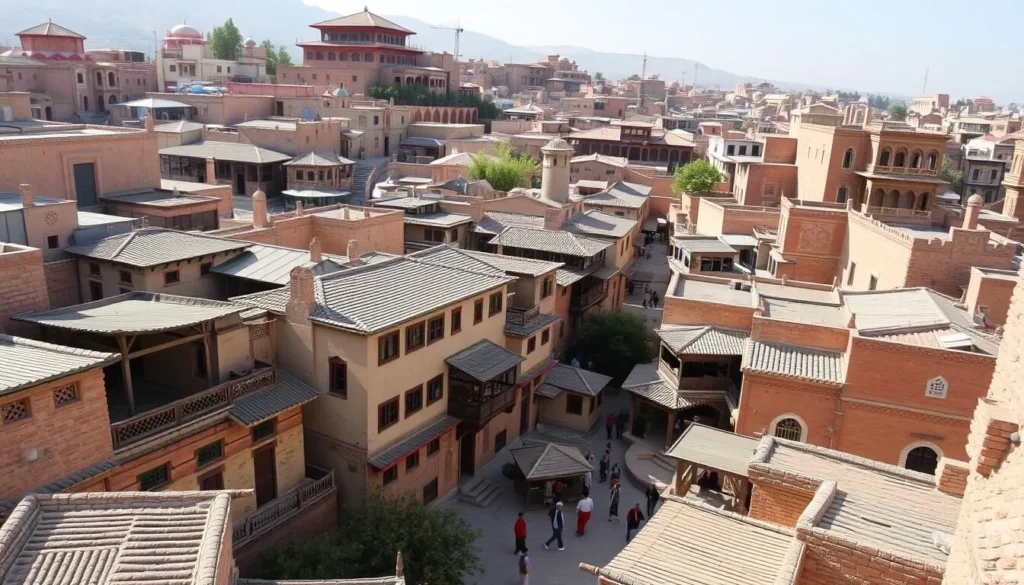
With a history spanning over 2,000 years, the Kashgar Old City is a must-visit destination for anyone fascinated by cultural heritage. As you wander through the labyrinthine streets, you’ll be immersed in a world where tradition and history blend seamlessly.
The Kashgar Old City offers a concentrated display of Uyghur family lifestyle, ethnic customs, traditional crafts, and local cuisine. You can:
- Wander through the labyrinthine streets of Kashgar’s Old City, a 2,000-year-old neighborhood that showcases traditional Uyghur architecture and way of life.
- Learn about the controversial 2009 government project that demolished and rebuilt much of the Old City, and how this has changed the authentic experience.
- Discover the remaining portions of the “old” Old City that still offer glimpses into traditional Uyghur life with mud-brick buildings and narrow alleyways.
Experience the unique architectural style that blends Central Plains’ Han and Tang dynasties’ aesthetics with Islamic influences from the Western Regions. Observe local artisans practicing traditional crafts that have been passed down through generations in this historic place.
Visit the Iconic Id Kah Mosque
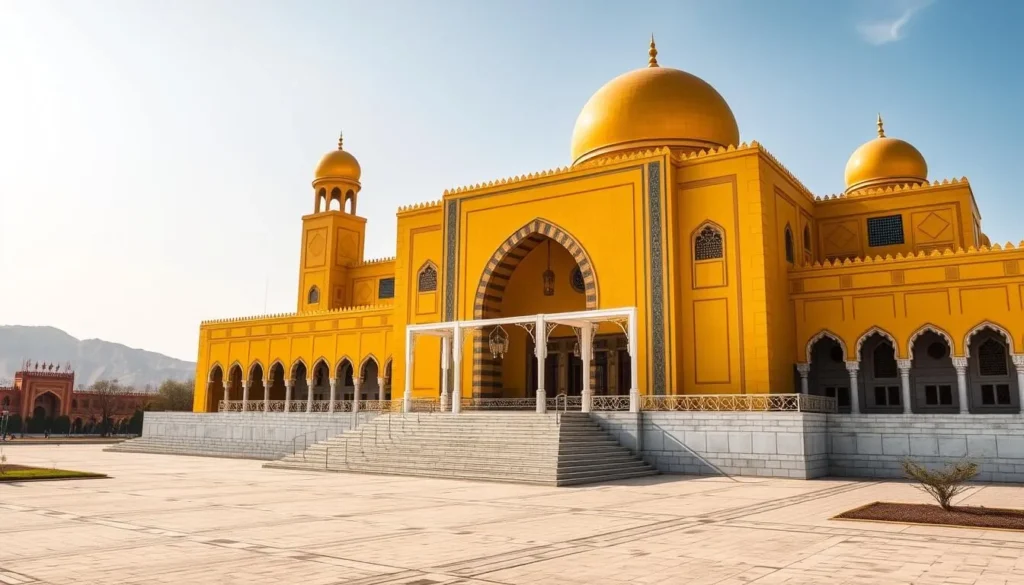
As you wander through the ancient city of Kashgar, one landmark stands out among the rest – the majestic Id Kah Mosque. Located on the western side of the Id Kah Square, this mosque is one of the most famous in China and the largest in Xinjiang.
The Id Kah Mosque is a major religious center for the region’s Muslim population and a premier tourist attraction. Its bright yellow facade and spacious prayer halls can accommodate thousands of worshippers, making it an iconic symbol of Kashgar.
When visiting the mosque, you can expect to see a modest entrance fee of 20 RMB. The best times to visit are during major Muslim holidays when tens of thousands of Uyghur people gather for prayers.
To capture the mosque’s beauty, consider visiting during the golden hours of early morning or late afternoon. The Id Kah Mosque is not only a significant cultural landmark but also a gathering place for the local community, making it a must-visit destination in Kashgar.
Experience the Sunday Bazaar and Livestock Market
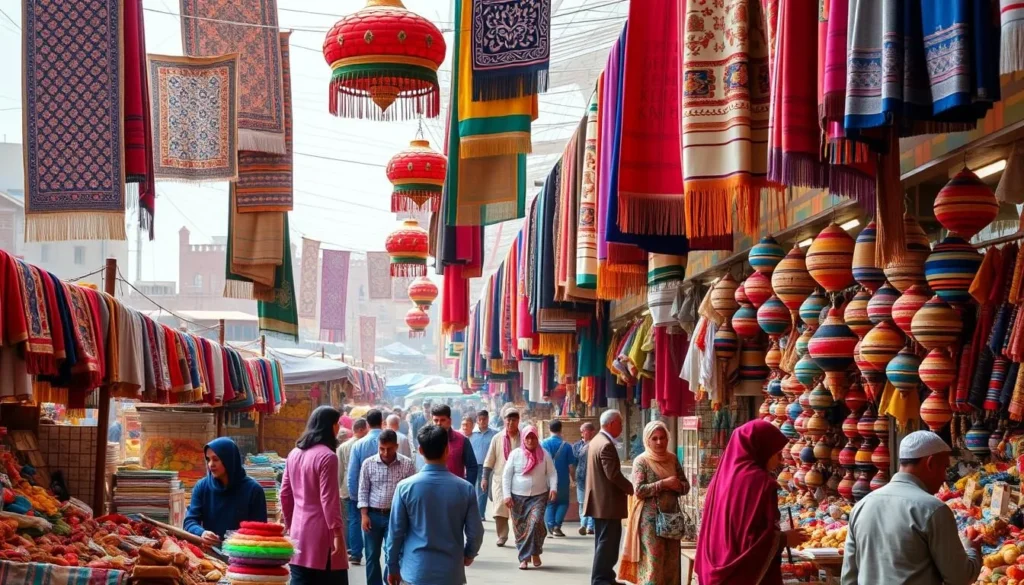
On Sundays, Kashgar transforms into a bustling hub of activity with its famous Sunday Bazaar and Livestock Market. The Sunday Bazaar is a must-visit during your time in the region, offering an authentic and vibrant atmosphere.
You can experience the vast array of goods at the Sunday Bazaar, including textiles, spices, household items, handicrafts, and local products. Meanwhile, the Livestock Market, now located outside the city, provides a glimpse into traditional bargaining methods among traders buying and selling various livestock such as sheep, cattle, camels, and horses.
Visiting both markets in one day is feasible with the right strategy, including using available transportation options between the two locations. Understanding the historical significance of these markets as centuries-old places of commerce along the Silk Road adds depth to your visit to these iconic places to visit in Kashgar.
Marvel at Shipton’s Arch – The World’s Tallest Natural Arch

In the vicinity of Kashgar lies Shipton’s Arch, a breathtaking natural formation that has become a must-visit destination. Recognized as the world’s tallest natural arch, it stands approximately 500 meters (1,640 feet) high.
You can plan your day trip from Kashgar to Shipton’s Arch, including transportation options and best times to visit. The site has become more accessible due to infrastructure improvements, including paved roads and staircases.
When you visit Kashgar and explore Shipton’s Arch, you’ll discover its fascinating history, including its discovery in 1947 and rediscovery in 2000. Don’t miss the opportunity to capture this natural wonder on your trip or tour with some great photography tips.
Visit the Apak Khoja Mausoleum
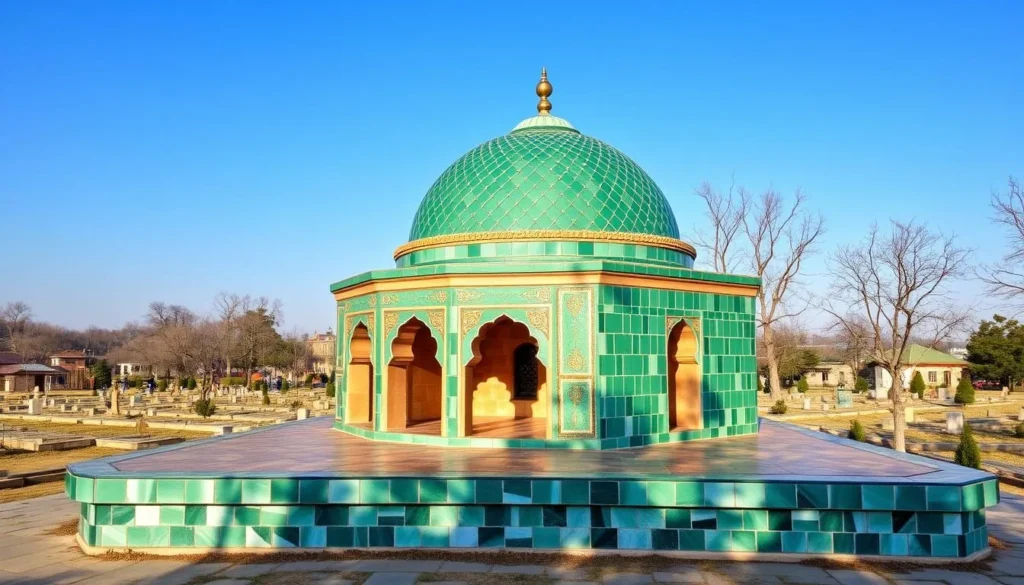
The Apak Khoja Mausoleum, situated about 5 kilometers northeast of Kashgar, is a significant historical site that showcases the architectural and religious importance of the area. This 17th-century complex is not only a must-visit attraction when in Kashgar but also one of the most important Islamic sites in Xinjiang.
The mausoleum was first erected in 1640 to honor Apak Khoja and his family. Five generations of the influential Apak Khoja family are buried here, making it a site of great religious importance. The complex includes prayer halls, mosques of varying sizes, gate towers, and the main tomb chamber, showcasing beautiful architecture and Islamic design elements.
Visitors can explore the mausoleum and learn about the historical significance of this site, including the story of the “Fragrant Concubine,” a legendary Uyghur woman who became a concubine of the Qianlong Emperor. Understanding the cultural and religious context of this site is crucial, and visitors are advised to dress modestly and behave respectfully when visiting this mosque and mausoleum complex.
When you visit Kashgar, make sure to include the Apak Khoja Mausoleum in your itinerary to experience the rich cultural heritage and history of the region.
Take a Journey Along the Karakoram Highway

Embark on a thrilling adventure along the Karakoram Highway, one of the world’s most spectacular road trips. As you visit Kashgar and drive up the Karakoram Highway toward Tashkorgan, you’ll be treated to breathtaking views of the Pamir Mountains, White Sand Lake, Karakul Lake, and the grasslands of Tashkorgan.
This journey is not just about the destination; it’s about the experience. You’ll travel along ancient silk road routes, witnessing the historical significance of this modern highway that connects China to Pakistan. The Karakoram Highway is an engineering marvel, passing through some of the world’s most challenging terrain.
Some highlights of your trip include:
- Discovering the breathtaking natural scenery, including majestic mountains and pristine lakes.
- Visiting stops along the route, such as White Sand Lake, Karakul Lake, and the Tashkurgan Stone Fort.
- Interacting with Kyrgyz and Tajik ethnic communities who live in these remote mountain areas.
As you plan your places visit, consider the logistics of traveling the Karakoram Highway, including transportation options and required permits.
Admire the Beauty of Karakul Lake
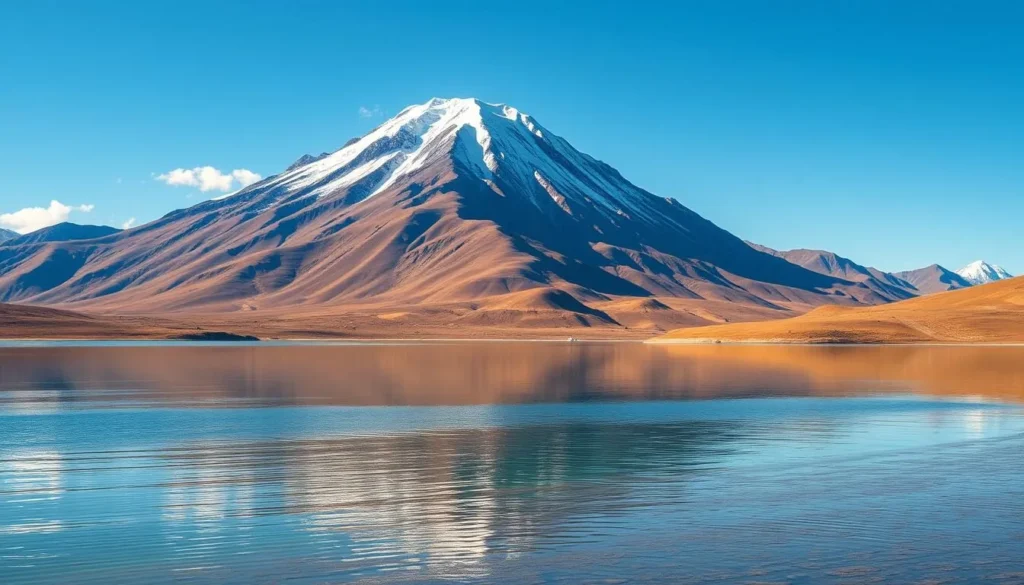
As you visit Karakul Lake, you’ll be mesmerized by its breathtaking beauty. This high-altitude glacial lake is situated at the foot of the imposing Muztagh Ata mountain (7,546m). The name “Karakul” means “Black Lake,” and its appearance changes with different weather conditions and times of day.
The lake’s unique ecosystem is located at approximately 3,600 meters (11,800 feet) above sea level. You can photograph the stunning reflections of snow-capped mountains in the crystal-clear water of the lake, creating perfect mirror images on calm days.
Learn about the Kyrgyz nomadic communities that live around the lake shores and their traditional lifestyle that has remained largely unchanged for centuries. You can also discover accommodation options around Karakul Lake, including the possibility of staying in traditional yurts with local families for an authentic cultural experience.
Explore the Stone City Ruins in Tashkurgan
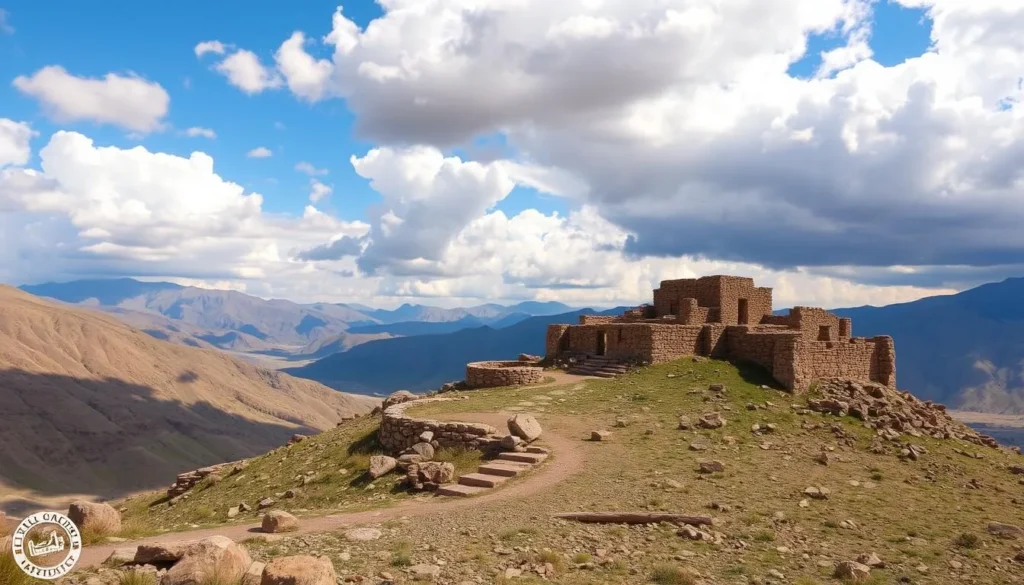
Explore the Stone City Ruins, a 1,300-year-old fortress that played a crucial role in the ancient Silk Road. This well-preserved ancient stone fortress served as a vital military stronghold and trade gateway between South Asia and West Asia.
The ruins are situated on a high hill with challenging terrain, featuring multiple layers of stone walls, some of which remain intact. The unique landscape of the stone city is characterized by overlapping stone mounds and scattered rocks.
As you explore this historical place, you’ll uncover the significance of Tashkurgan as a cultural intersection in the region. The Tajik people have inhabited this area for centuries, enriching the location with their distinct cultural traditions.
Kashgar, China: Best Things to Do – Top Picks for Food Lovers
As you wander through Kashgar, you’ll discover a culinary landscape that reflects the city’s rich cultural heritage. The city is a melting pot of flavors, with its cuisine being heavily influenced by its Central Asian and Chinese roots.
Sample Local Uyghur Cuisine
You’ll have the opportunity to sample authentic Uyghur dishes, such as polo (pilaf rice with carrots and mutton), laghman (hand-pulled noodles), and samsa (baked meat pastries). The importance of bread in Uyghur culture is evident in the traditional nan bread baked in clay ovens.
Visit Erdaoqiao Bazaar for Food Specialties
At the vibrant Erdaoqiao Bazaar, you can find over 50 different kinds of regional food specialties. From lamb kebabs to Xinjiang yogurt and sweet desserts, the bazaar is a food lover’s paradise. You can experience the local culture and cuisine by joining a food tour that guides you through the best culinary experiences in Kashgar.
Venture to the Pamir Plateau
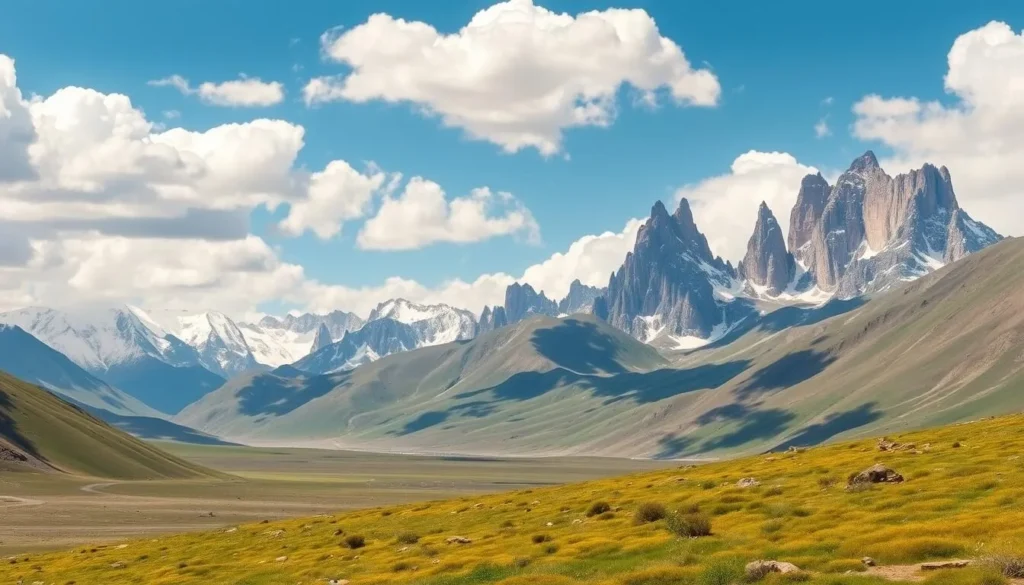
As you venture to the Pamir Plateau, you’ll discover a world of majestic peaks and untouched wilderness. Known as the “Roof of the World,” this breathtaking destination is a must-visit for any traveler to Kashgar.
The Pamir Plateau is home to numerous towering peaks, including the majestic Muztagh Ata, which stands at 7,546 meters (24,757 feet). The region’s complex terrain features expansive alpine grasslands that provide grazing grounds for nomadic herders during the summer months.
Experience the geographical significance of this massive mountain range, which forms the junction between the Himalayas, Tian Shan, Karakoram, Kunlun, and Hindu Kush ranges. You can explore this remote scenic area through organized tours or independent travel.
Best Time to Visit and Travel Tips
To make the most of your Kashgar adventure, it’s crucial to know when to go and how to prepare. Kashgar’s extreme continental climate means that the weather can be quite harsh, but with the right guidance, you can have a wonderful trip.
Weather and Seasons
Kashgar experiences its best weather in late spring (May-June) and early autumn (September-October), making these periods ideal for visiting. The city’s climate is characterized by hot summers and cold winters, so it’s essential to pack accordingly. Each season offers unique attractions, from spring apricot blossoms to winter snow scenes.
Cultural Etiquette
When visiting Kashgar, it’s vital to respect local customs, especially when visiting religious sites. Dress modestly, and be mindful of photography protocols. Understanding and adhering to these guidelines will help ensure a smooth and enjoyable journey. For a personalized China tour that includes Kashgar, consider reaching out to a travel guide who can help you create a trip tailored to your preferences.
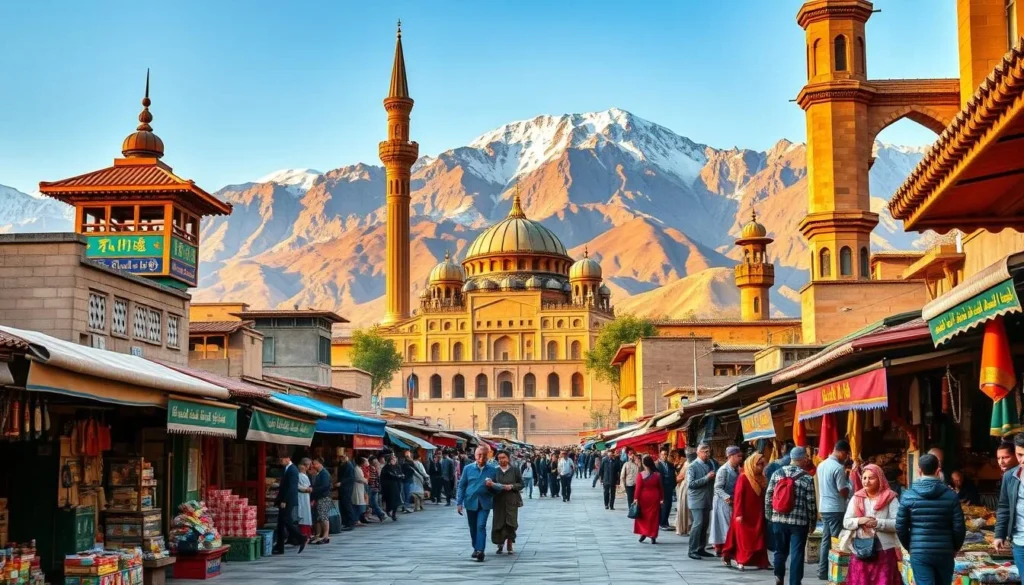
If you’re interested in customizing your Kashgar tour, you can visit our Kashgar Tour Customized Center for more information. We assure you that you will receive a reply within 24 working hours.
Conclusion: The Timeless Charm of Kashgar
Kashgar’s timeless charm is undeniable, making it a destination that will stay with you long after your trip is over. The old city of Kashgar, with its ancient traditions and vibrant culture, is a place where memories are created. As you reflect on your journey, you’ll understand why this city continues to captivate travelers from around the world. To create a trip that truly captures the essence of Kashgar, balance major attractions with off-the-beaten-path experiences. This approach will give you a deeper understanding of the region’s rich history and cultural heritage, allowing you to appreciate the Kashgar old city in all its glory.
The above is subject to change.
Check back often to TRAVEL.COM for the latest travel tips and deals.
